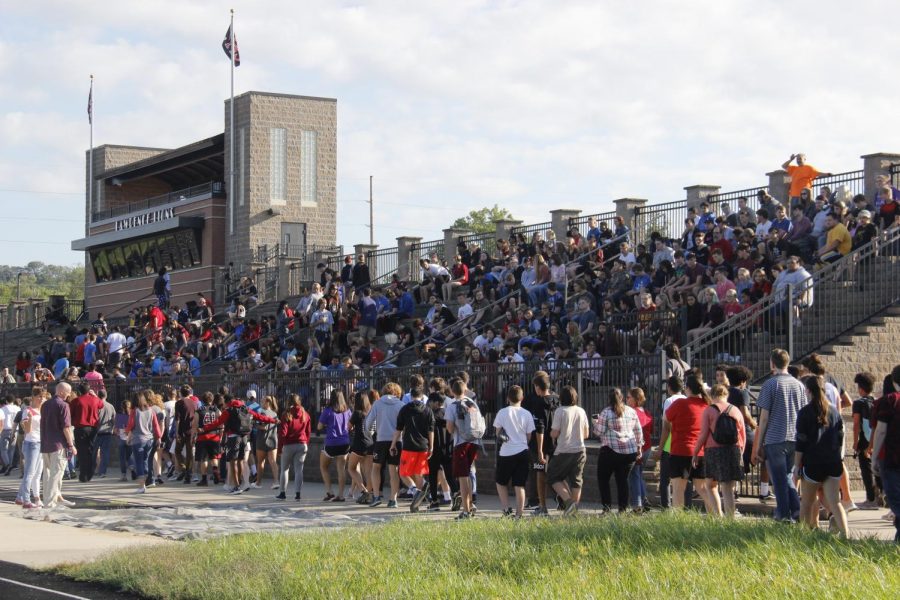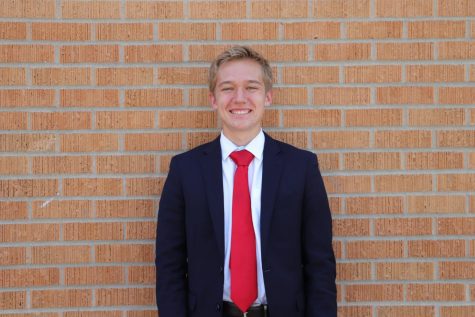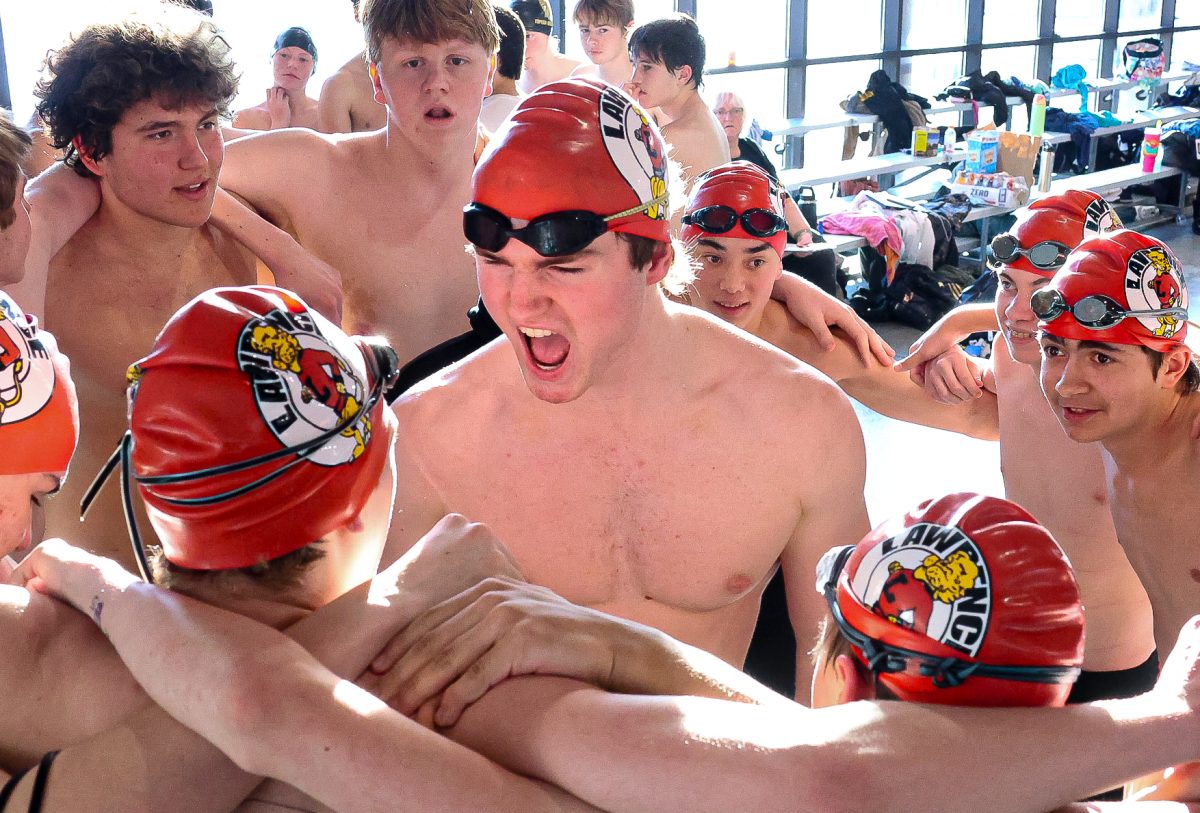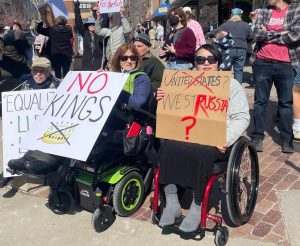Crisis drills increased under new law
Number of crisis drills raised to nine per year under new law
The school runs the first crisis drill of the year on Sept. 14. “I think protecting us is necessary, but I think there should be different ways of making sure we are all safe,” sophomore Nick Cabral said of the drill. “Overall I felt it was too slow, and I didn’t feel that safe.”
October 24, 2018
LHS held its first of nine crisis drills last month.
This marked a significant change from years prior, when only one crisis drill was required per semester. In addition, there will be three tornado drills and four fire drills this year. The decision was handed down from the State Fire Marshal on July 13 in response to the passing of Senate Bill 109.
Crisis drills encompass a variety of situations, including but not limited to intruder response and lockdown drills.
“A lot of people are conflating evacuation drills with active shooter stuff, and obviously the active shooter stuff that happened last year is what led to a lot of these changes, but that’s not the only reason we do these things,” said Assistant Principal Mike Norris, who is in charge of implementing the drills. “There’s all sorts of reasons we might have to leave the building; three or four years ago we had a fire in the auto shop, and I had to evacuate everyone to the football stadium until we had it dealt with, so it could happen for other reasons.”
However, recent mass shootings have prompted nationwide concern over school safety and crisis preparedness.
 “I think a lot of the change initially is a response to some of the increased concerns around some of the mass shootings that have occurred in schools nationwide,” Norris said. “I think a lot of it was an initial response to that and the fact we need to practice more statewide.”
“I think a lot of the change initially is a response to some of the increased concerns around some of the mass shootings that have occurred in schools nationwide,” Norris said. “I think a lot of it was an initial response to that and the fact we need to practice more statewide.”
To prepare teachers for these changes, teachers were required to participate in ALICE training at the end of summer, which teaches proper civilian responses to active shooter situations. However, the drill on Sept. 14 was the first time teachers actually got to practice responding to an evacuation scenario.
“All of the teachers had to do ALICE training when we came back from summer, which trains what we need to do if we have emergencies, like specifically school shooters or things like that,” math teacher Matt Ellis said. “The lockdown stuff we haven’t actually practiced, like today [Sept. 14] for instance was the first time the teachers have run through an evacuation drill so it’s still a little fresh, but we’ll get it figured out.”
Even though actual crises will be spontaneous, teachers and students were given plenty of advanced warning.
“A week ahead of time, I sent out the specific information [to teachers],” Norris said. “I told them they could start telling students, and then I got on the announcements and gave a five minute warning, too. Since the crisis drills are so new to us and there may be a certain level of anxiety and trauma centered around it, because people have experienced violent things.”
The drill went well considering it was the first crisis drill of the year. However there were a few points in need of improvement that Norris noticed.
“You had a lot of people who weren’t in there [the stadium] yet, when they got in the stadium there was direction going trying to keep the kids on that visitor side of the stadium, but evidently they ran out of room,” Norris said. “So just little things like that, trying to get people down there faster, the routes, everyone was trying to go through that south entrance but I could look out the door and see hardly anybody going through the north entrance.”
Junior Allie Grammer also saw problems with the drill on Sept. 14 and found issue with the concept of a crisis drill as a whole.
“It was kind of hectic, there was lots of kids not knowing what they were doing because some of the teachers weren’t there, some of them had subs so it was kind of hectic,” Grammer said. “I don’t think we ever know what’s going to happen especially with the school shooting drills. They could have people out there who know what our drills are, especially if they go to the school.”
Security guard Danny Boone-Salazar was in charge of the second floor during the drill. While he foresees some potential issues, he is optimistic about the student response to the drills based on what he saw Sept. 14.
“Only the people that don’t want to participate [will cause issues]. there’s always one or two that just don’t think it’s necessary,” Boone-Salazar said. “But other than that I think everybody’s on board, everybody wants to be safe and learn what to do in a situation that hopefully never happens.”
















